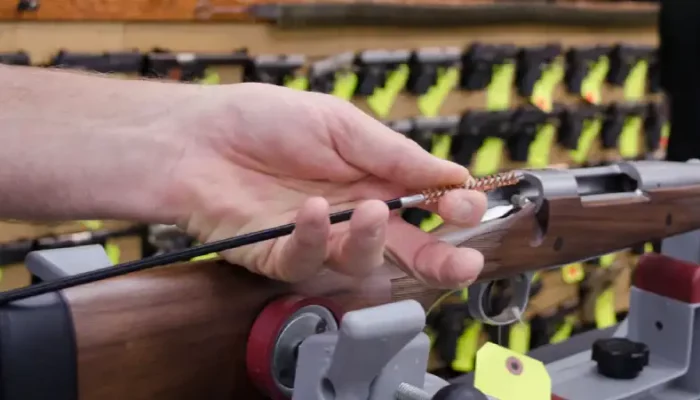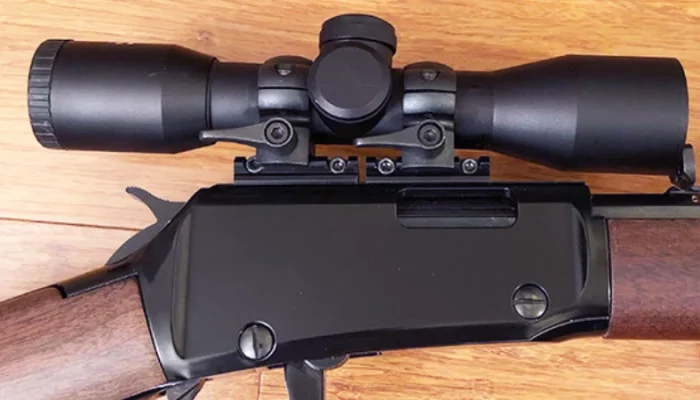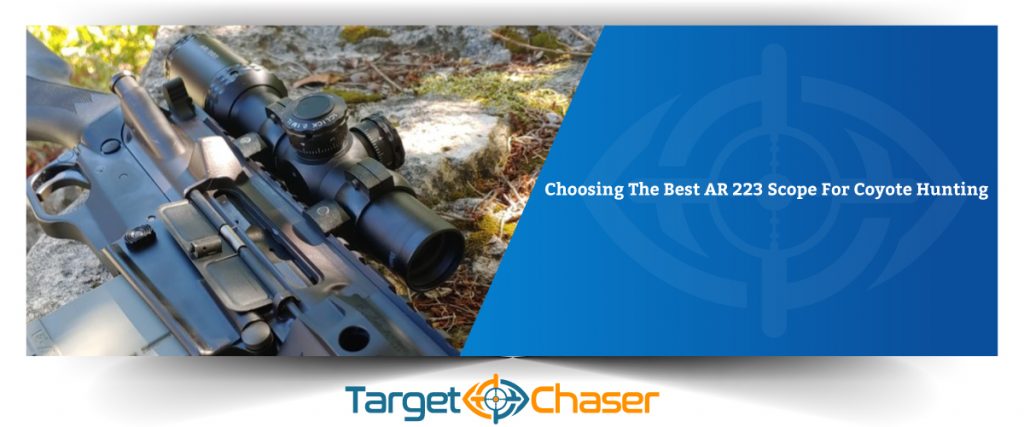Turrets are interesting little objects that are available in every scope. Let it be a rifle scope or crossbow scope. Did you ever have the urge to know your turrets better? Did you ever ask yourself what turrets on scope do?
If you have then you are in the right place. Today we will try to answer all the turrets-related questions. Let’s try to get better at knowing the turrets on your scope –
What Job Does Turret Do?
The most basic turret adjustments are known as windage and elevation. But turrets can do much more than that.
Scope Windage
Windage is your left and right adjustments. It means how the wind blows. Some turrets have the capability of changing windage in an instant. Where others can’t do that in an instant.
Scope Elevation
The elevation is, of course, scopes up and down adjustments. You can also use these adjustments in the field for extremely far shots. When you shoot past a certain range the bullet will start to drop. You can zero the scope for a certain range.
That will compensate for the bullet drop. But all bullets drop differently. So, you need to compensate your zero for a different caliber. Cause different caliber has a different weight and load data.
Parallax On Scope
The third knob is most of the time known as parallax. Most scopes won’t have this. Because most scope has a fixed parallax. Parallax means how the target moves away from the reticle as you move your head.
It creates an issue. Because it changes the point of your aim. Resulting in misses.
For example, a fixed 100-yard parallax means beyond 100 yards your scope is parallax-free. But within the 100-yard mark, you will face parallax.
It will reduce your accuracy and point of aim. But an adjustable parallax can reduce the parallax as low as 10 yards to infinity.
Different Kinds of Turrets
There are many kinds of turrets. Let’s talk about them a little –
Target Turrets
They are the most precise turrets out there. They are also the oldest style out there. The name came from the target shooters because they love them.
The reason behind that is this turret allows the shooter to make even the slightest and precise adjustment.
They work great with MOA so they are more commonly available with MOA. They are poorly designed for fields because bumping with them can alter your adjustments.
Ballistic Turrets
The main difference between ballistic turrets and target turrets is that ballistic turrets make larger adjustments. These are aimed towards tactical shooters and hunters who need quick adjustments on the spot.
Most of the time they are capped so you don’t make accidental adjustments.
They are perfect for field use. The common adjustments for these turrets are commonly related to the distance they are firing at. Whether that’s in meters or yards.
Fingertip Turrets
They are easy to adjust no tools or coins are required to open the caps and adjust. They can be adjusted by using your finger even with gloves on.
Thus the name became fingertip turrets. They are not a brand, they are not individual turrets either.
They can come in both ballistic and target turrets. They are like DLC but come pre-loaded.
Coin Style
These turrets require a small tool to open the cape and operate. Most of the shooters use a coin to open the cape thus came the name coin style.
Because that is the most used tool. They can come in various styles.
But rest assured you can sleep peacefully why? Because the manufacturer will provide the tools necessary to open the turrets.
MOA
Milliradian or minute of angle commonly known as MOA. MIL and MOA are two different systems of measurement. Both of them are used to make adjustments with the turrets on the scope.
MOA is essentially a much smaller way to measure.
That is why target turrets act great with MOA. If your scope is in MOA they are most likely to be in 1/8th MOA for precision or ¼ for standard rifle scopes.
Mil
MIL is a military-favored adjustment system. They love this adjustment to their scope. They are mainly used in mortars, machine guns, and sometimes in sniper rifles.
But now MIL scopes are getting popular in the consumer market. The reason is MIL never changes regarding the distance. A MIL is MIL doesn’t matter if it’s 5 yards or 5000 yards.
Which One Is Better?
It’s your personal preference. We don’t want to force our choice on you by calling it an opinion. Because if you are a target shooter doesn’t matter how good MIL is your go-to option will be MOA.
We hope you got a better understanding of turrets on scope. I hope these little things are intriguing enough.
Hi, I’m Brent Hansford. A writer turned hunter & now sharing my love for the sport through writing. As I practically breathe weapons, I firmly believe I’m capable of providing you with new knowledge about firearms and hunting. My mission is to help more people get better at hunting & master the weapons. Let me help with unleashing the beast within you!



